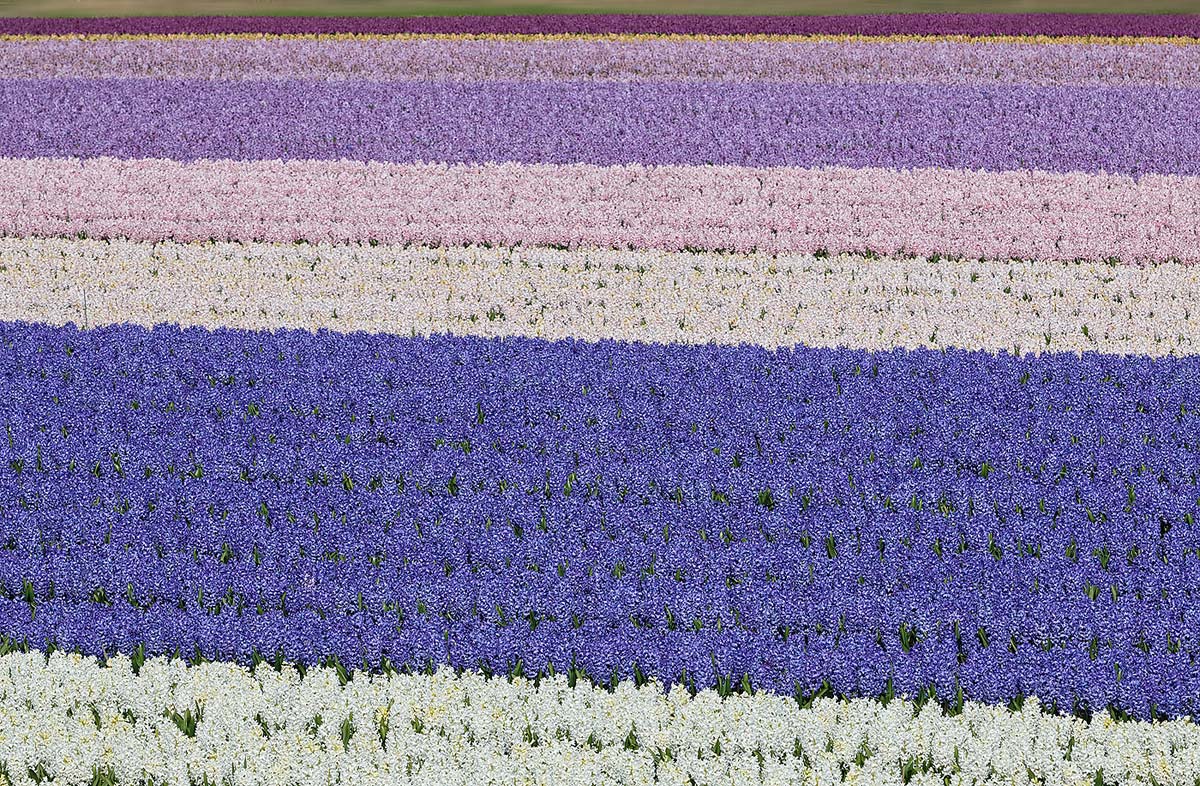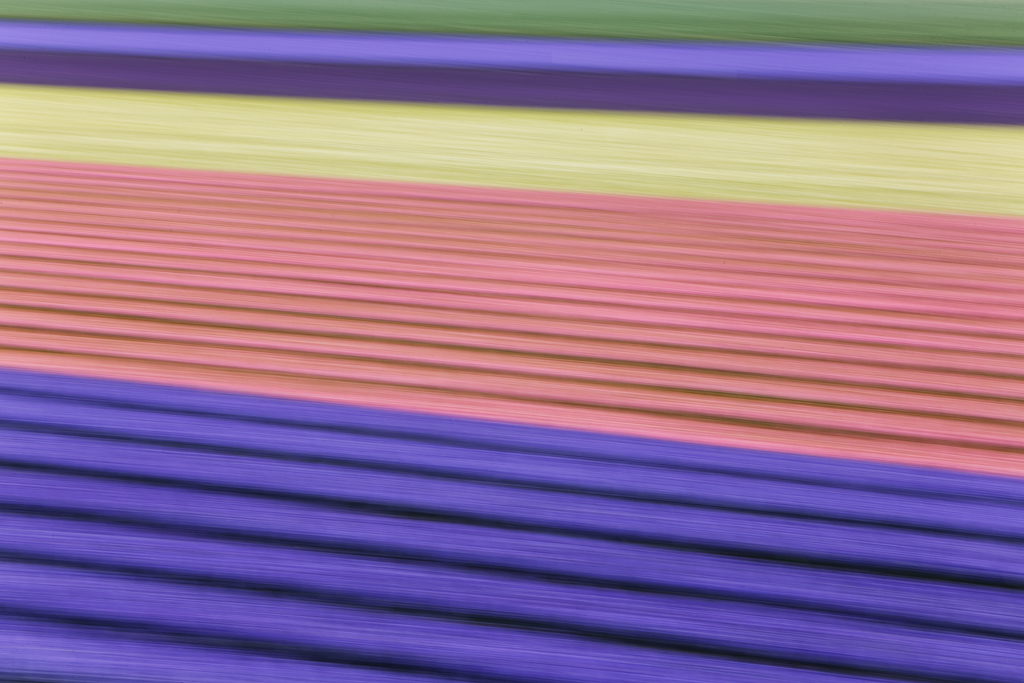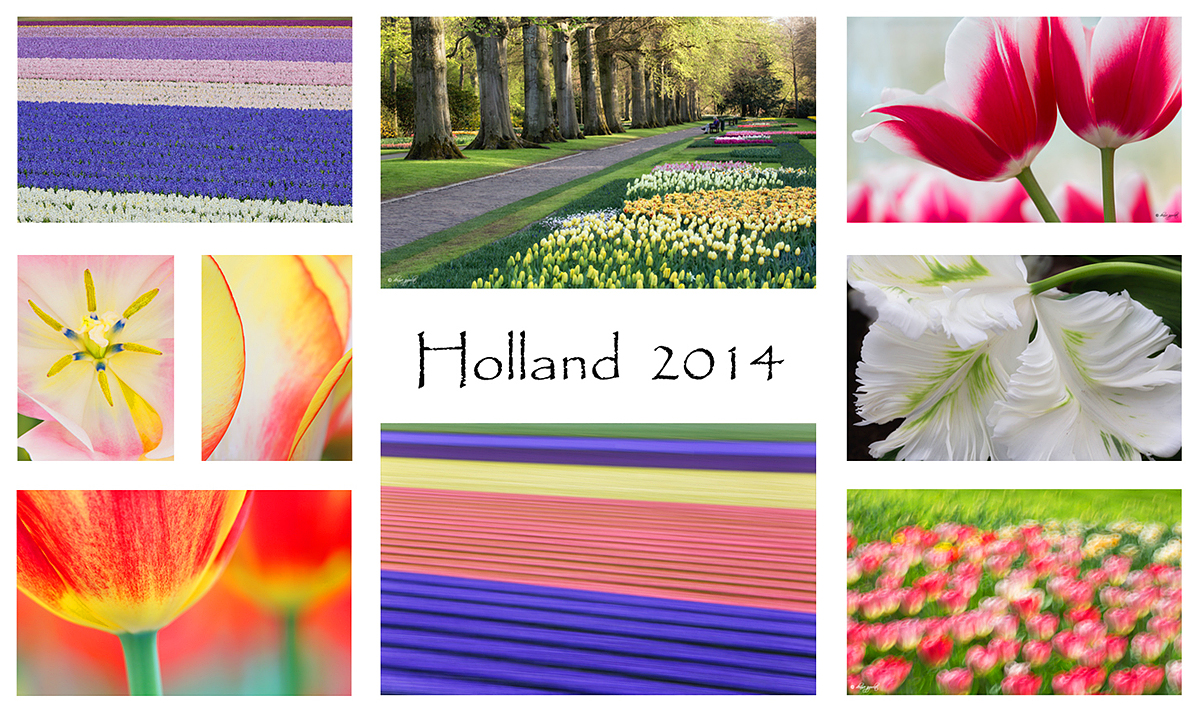The Amazing Streak Continues; What’s Wrong With Me? 🙂
Today’s blog post marks 42 days in a row with a new post, a new record by far that should continue for at least another week or two. Or not. 🙂 To show your appreciation, we ask that use our B&H and Amazon affiliate links for all of your B&H and Amazon purchases. Please check the availability of all photographic accessories in the BIRDS AS ART Online Store. We sell only what I use and depend on. We will not sell you junk. We know what you need to make creating great images easy and fun. And we are always glad to answer your gear questions via e-mail.
You can find the following items in the store: Gitzo tripods, Mongoose M3.6 and Wimberley heads, plates, low feet, and accessories, flash brackets, , Delkin e-film Pro Compact Flash Cards, LensCoat products, and our unique line-up of educational materials including ABP I & II, Digital Basics, Site and Set-up e-Guides, Canon and Nikon Camera Users and AF e-Guides, and MP-4 Photoshop video tutorials among others.
We would of course appreciate you using our B&H and Amazon affiliate links for all of your B&H and Amazon major gear, video, electronic, household, and personal purchases. For the photographic stuff mentioned above we would of course great appreciate your business.
Thanks and enjoy today’s blog post!

|
|
This image was created at Lisse, Holland with the Gitzo 3532 LS carbon fiber tripod, the Mongoose M3.6 head,the Canon EF 70-200mm f/2.8L IS II USM zoom lens, Canon 1.4x EF Extender III (teleconverter) (at 278mm), and the Canon EOS-5D Mark III. ISO 400. Evaluative metering +1/3 stop: 1/200 sec. at f/22 in Manual mode. Central sensor AI Servo/Rear Focus 1/3 of the way into the frame and re-compose. Click here if you missed the Rear Focus Tutorial. Click on the image to see a larger version. |
What’s Weird???
What’s odd about the sharp image above?

|
|
This image was created at Lisse, Holland with the Canon EF 70-200mm f/2.8L IS II USM zoom lens, Canon 1.4x EF Extender III (teleconverter) (hand held at 280mm), and the Canon EOS-5D Mark III. ISO 50. Evaluative metering +1/3 stop: 1/8 sec. at f/45 in Manual mode. Central sensor AI Servo/Rear Focus 1/3 of the way into the frame and re-compose. Click here if you missed the Rear Focus Tutorial. Click on the image to see a larger version. |
What’s Weird???
What’s strange about the diagonal pan blur above?
Your Favorite?
Which image do you like best, the sharp image or the pan blur? Be sure to let us know why.
Tulip Field Painting
Click here to see the Tulip Field Painting blog post.
New Film Screenings: “The Wild Orchid Man In The Land Of The White Bear!”
Friend Darryl Saffer’s latest film, “The Wild Orchid Man In The Land Of The White Bear!” will be screening in the Sarasota, FL area during the next two weeks. Admission is free. DVDs will be available for a donation to the Sarasota Orchid Society for the Wild Orchid Man Films fund.
While on location with filmmaker Darryl Saffer near Churchill, Manitoba, artist and renowned orchid expert Stig Dalström, the Wild Orchid Man, met noted author and bird photographer William Burt. Stig was fascinated by the time Burt spent in getting a single photo of the very secretive birds featured in his books. His book, Rare and Elusive Birds of North America, (2001) took 20 years to complete. His photographs and articles have appeared in Audubon, National Wildlife, National Geographic and his photos have been covers for three issues of Smithsonian Magazines. Stig’s interview appears in “Wild Orchid Man In The Land Of The White Bear,” the third film in the Wild Orchid Man series following “Ghost Orchid Swamp” and “Mountains Of Amazonas.” While the Churchill area of Manitoba is noted for its polar bears, it is a major destination for birders and attracts over 250 species of birds during the nesting season. And of course, lots of orchids.
Here is the schedule:
Jan. 6th, 6:30 p.m. Monday, Special Screening at Selby Gardens, sponsored by the Sarasota Orchid Society
Jan. 17th, 7 p.m. Friday, The Landings
Jan. 25th, Saturday, Unitarian Universalist Church
Feb. 20th, Gulf Coast Orchid Alliance, Naples
Click here for additional details and contact info.
Stig Dalström, The Wild Orchid Man
Artist, botanist, author, and the noted curator of the Orchid Identification Center at the Marie Selby Botanical Gardens in Sarasota, Florida, Stig Dalström is recognized worldwide as an orchid expert. His lectures and field work have taken him from his Florida home to Bolivia, Columbia, Costa Rica, Ecuador, Thailand, his native Sweden, and recently, Bhutan.
Darryl Saffer, Documentary Filmmaker
Naturalist, composer, editor and principal of Studio Ray Productions in Sarasota, Florida, Darryl Saffer’s documentaries have focused on nature, wildlife, and emerging critical environmental issues. His films include “Amorphous titanum at Selby Gardens,” “Not Long Ago, Tanner’s Ivory-Billed Woodpecker, Condemned,” and “Orca” among others.
You can learn more about Darryl and about Studio Ray Productions here.
|
Join Denise and me in Holland this spring! |
Holland 2014 7 1/2-Day/8-Night: A Creative Adventure/BIRDS AS ART/Tulips & A Touch of Holland IPT. April 17-April 24, 2014: $4995 Limit: 12/Openings: 5
Act soon: this trip is now a go and is filling quickly.
Join Denise Ippolito, Flower Queen and the author of “Bloomin’ Ideas,” and Arthur Morris, Canon Explorer of Light Emeritus and one of the planet’s premier photographic educators for a great trip to Holland in mid-April 2014. Day 1 of the IPT will be April 17, 2014. We will have a short afternoon get-together and then our first photographic session at the justly-famed Keukenhof. Most days we will return to the hotel for lunch, image sharing and a break. On Day 8, April 24, we will enjoy both morning and afternoon photography sessions.
The primary subjects will be tulips and orchids at Keukenhof and the spectacularly amazing tulip, hyacinth, and daffodil bulb fields around Lisse. In addition we will spend one full day in Amsterdam. There will be optional visits the Van Gogh Museum in the morning and the Anne Frank House in the afternoon; there will be plenty of time for street photography as well. And some great food. On another day we will have a wonderful early dinner at Kinderdijk and then head out with our gear to photograph the windmills and possibly some birds for those who bring their longs lenses. We will spend an afternoon in the lovely Dutch town of Edam where we will do some street photography and enjoy a superb dinner. All lodging, ground transportation, entry fees, and meals (from dinner on Day 1 through dinner on Day 7) are included.
For those who will be bringing a big lens we will likely have an optional bird photography afternoon or two. If we get lucky, the big attraction should be gorgeous Purple Herons in flight at a breeding marsh. We would be photographing them from the roadside. And we might be able to find a few Great-crested Grebes at a location near Keukenhof.
You will learn to create tight abstracts, how to best use depth-of-field (or the lack thereof) to improve your flower photography, how to get the right exposure and make sharp images every time, how to see the shot, and how to choose the best perspective for a given situation. And you will of course learn to create a variety of pleasingly blurred flower images. If you bring a long lens, you will learn to use it effectively for flower photography. Denise’s two favorite flower lenses are the Canon 100mm macro and the Canon 24-105mm zoom. Mine are the Canon 180mm macro lens and the Canon 600mm f/4L IS II, both always on a tripod and both often used with extension tubes and/or the 1.4X teleconverters. Denise hand holds a great deal of the time. For flower field blurs denise uses the same lenses mentioned above. My favorite is the 70-200 often with a 1.4X TC but I use both the 24-105 and the 600 II as well. Both of us use and love the Canon EOS-5D Mark III for all of our flower photography. The in-camera HDR and Multiple Exposure features are a blast.
One of the great advantages of our trip is that we will be staying in a single, strategically located hotel that is quite excellent. Do note that all ground transfers to and from Schipol will be via hotel shuttle bus.
What’s included: Eight hotel nights. All ground transportation except for airport transfers as noted above. In-the-field instruction and small group image review and Photoshop sessions. All meals from dinner on Day 1 through dinner on Day 8. The hotel we are staying in often offers both lunch and dinner buffets. The food is excellent. Whenever you order off the menu be it at the hotel or at one of the several fine-dining spots that we will be enjoying at various locations, only the cost of your main course is included. On these occasions the cost of soups, appetizers, salads, sodas and other beverages, alcoholic drinks and wine, bottled water, and desserts are not included. This is done in part in hopes that folks will be less inclined to enjoy an eight course dinner so that we can get to bed early. As with all A Creative Adventure/BIRDS AS ART Instructional Photo-Tours both the photo sessions and the days are long. Nothing that we do however will be demanding. Being able to sit down on the ground with your gear is, however, a huge plus. Anyone in halfway decent shape should be fine.
Snacks, personal items, phone calls, etc. are not included.
Beware of seemingly longer, slightly less expensive tours that include travel days and days sitting in the hotel doing nothing as part of the tour. In addition, other similar trips have you changing hotels needlessly. The cost of this years trip is a bit higher than last years to reflect our increased experience and the extra hotel night that is included. One final note on other similar trips: the instructors on this trip actually instruct. On other similar trips the instructors, though usually imminently qualified, serve for the most part as van drivers….
Happy Campers only please. A non-refundable deposit of $1,000 per person is required to hold your spot. The second payment of $2,000 due by October 30, 2013. The balance is due on January 15, 2014. Payments in full are of course welcome at any time. All payments including the deposit must be made by check made out to “Arthur Morris.” As life has a way of throwing an occasional curve ball our way, you are urged to purchase travel insurance within 15 days of our cashing your check. I use and recommend Travel Insurance Services. All payments are non-refundable unless the trip fills to capacity. In that case, all payments but your deposit will be refunded.
All checks should be made out to “Arthur Morris” and sent to: Arthur Morris, PO Box 7245, Indian Lake Estates, FL 33855. Please fill out the paperwork here and include a signed copy with your deposit check.
For couples or friends signing up at the same time for the tulip trip, a $200/person discount will be applied to the final payment.
Click here for complete details and lots of wonderful images with our legendary educational captions. Click here and see item one for lots more tulip images.















In the second photo (which is my favorite) I love how the greens of the flowers have merged together to make one continuous line.
Tony
I haven’t been on here commenting in a while, but this one intrigued me. I wondered initially why the top row of flowers appears level (exactly parallel to the top of the photo), while the bottom rows appear to diverge and angle downward. Is that what you find weird? It must be because you shot the image at an angle to the front row? Just a thought. Anyway, it’s a great and colorful photo.
Thanks!
Dennis
Hi Dennsi,
That is normal when working at an angle to the rows, so not weird.
Hello Artie,
For me the second photo is the hands down winner. The colors, diagonal lines, feel, love it! What’s weird….no birds? I don’t see any white flowers in the photo, but I’m assuming that there were none.
Thanks for posting them,
Tony
Hi, Artie. I agree with Wayne and Sallyanne on what’s weird and with Sallyanne’s preference. It also impresses me that in the first image everything is sharp. You used f/22, and yet your image doesn’t suffer from the dreaded refraction internet forums are full of. I have never noticed refraction as a problem in any of my images. I’d be interested in your thoughts on the degree to which refraction is a problem.
I will withhold comments on what’s weird. So far nobody has noticed the obvious weirdness that I am seeing in the first image :).
As far as refraction with telephotos, I have never noticed any so I asked George Lepp and I think that the said something to the effect that it is not much of s problems with quality long lenses….
Thanks, Artie. Of course I meant diffraction, refraction is what lenses are designed to do. A grand typo. 🙂 But interesting that it’s less of a problem with long lenses. As for the first image, I looked again and I just don’t see anything weird. There’s a thin line of yellow flowers and the last bed of flowers just ends in something smooth and green, but nothing I’d call weird. I’m looking forward to your explanation.
Hi Artie, funny convergence here: I used to be Program Chair, VP, and former President of the Massachusetts Orchid Society. During that time I organized Stig Dalström to be one of our speakers. He was incredible. Plus he is an accomplished artist. I still have a few of his works. And, I still grow orchids on my balcony (now in Singapore). So what a great surprise to see you writing about Stig in your blog. I’ll have to track down those videos. I think this proves there is a connection between orchids and birds!
Thanks! Bill
All good and thanks for the extra info on Stig. I wish that I could attend one of them. Darryl is a killer good film-maker.
Artie,
Prefer the second image the colors are more vibrant, the image appears smoother and the color combinations blend well. The first image while sharp appears busy with all the flower pedals, (are they hyacinths)? it looks like an impressionistic painting. If the blue flowers were not boarded by the white on the top and bottom the image might be more appealing. Were both images taken at the same time of day?
Monte
Hi Monte, Hope that you are feeling better. I forgot to mention that they are all hyacinths. The funny thing is that OI posted the wrong blur!!! I will post the right one in another blog post. Had I published the right one I would have answered yes, they were created on the same day. But alas, these two were not. The sharp one was in the fun the second was on a cloudy bright morning.
Hello Arthur,
In the first image, the weird thing I immediately notice is the angle of the flower rows being different at the bottom of the photo than at the top of the photo. A WIERD perspective for sure.
In the second image, the weird thing I notice is the spiral pattern in each row of flowers or at least an angular pattern that appears to have some helix to it. Definitely a different angle than I would expect to see created by the blur or direction of motion the camera moved to create the image. WIERD.
I do not have the technical answer for either of these effects, but I bet you do 😉
I like the softness and colors of the second image…the blur.
Thanks,
Wayne
G’day Arthur!
Both images show the apparent changing of the angle of the rows of flowers from near to far. Those closest to the camera seem to have a greater angle than those in the distance. There is probably a law of physics that explains it. My favorite is the sharp version; to me it is visually more interesting. Thanks for yet another great post and for making me think! All the best, Sallyanne, Western Australia.